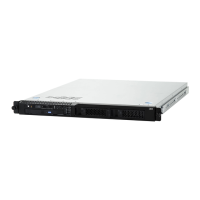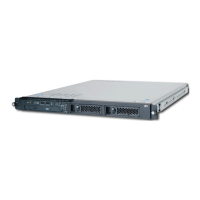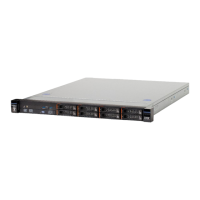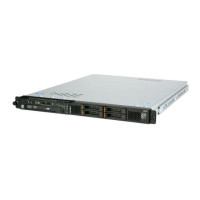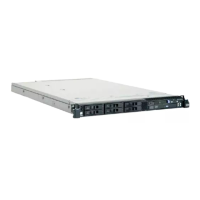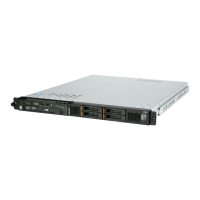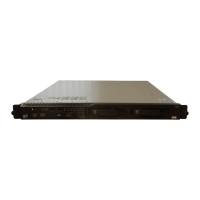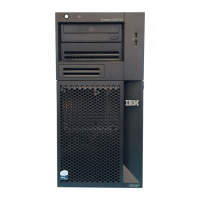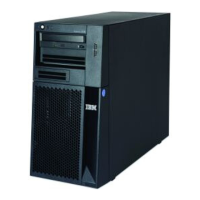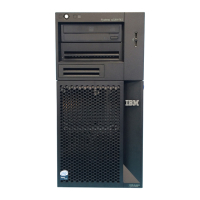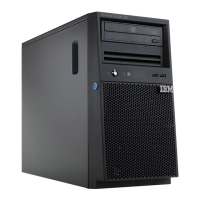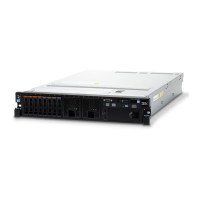Solving undetermined problems
If the diagnostic tests did not diagnose the failure or if the server is inoperative, use
the information in this section.
If you suspect that a software problem is causing failures (continuous or
intermittent), see “Software problems” on page 34.
Damaged data in CMOS memory or damaged BIOS code can cause undetermined
problems. To reset the CMOS data, use the clear-CMOS jumper to clear the CMOS
memory and override the power-on password; see “System-board switches and
jumpers” on page 7. If you suspect that the BIOS code is damaged, see
“Recovering from BIOS update failure” on page 46.
If the power supplies are working correctly, complete the following steps:
1. Turn off the server.
2. Make sure that the server is cabled correctly.
3. Remove or disconnect the following devices, one at a time, until you find the
failure. Turn on the server and reconfigure it each time.
v Any external devices.
v Surge-suppressor device (on the server).
v Modem, printer, mouse, and non-IBM devices.
v Each adapter.
v Hard disk drives.
v Memory modules. The minimum configuration requirement is 512 MB (one
512 MB DIMM in DIMM slot 1).
The following minimum configuration is required for the server to turn on:
v One microprocessor
v One 512 MB DIMM on the system board
v One power supply
v Power cord
v System board
4.
Turn on the server. If the problem remains, suspect the following components in
the following order:
a. System board
b. Memory module
c. Microprocessor
d. PCI-X expansion card
If
the problem is solved when you remove an adapter from the server but the
problem recurs when you reinstall the same adapter, suspect the adapter; if the
problem recurs when you replace the adapter with a different one, suspect the riser
card.
If you suspect a networking problem and the server passes all the system tests,
suspect a network cabling problem that is external to the server.
Calling IBM for service
See Appendix A, “Getting help and technical assistance,” on page 111 for
information about calling IBM for service.
When you call for service, have as much of the following information available as
possible:
v Machine type and model
Chapter 2. Diagnostics 57
